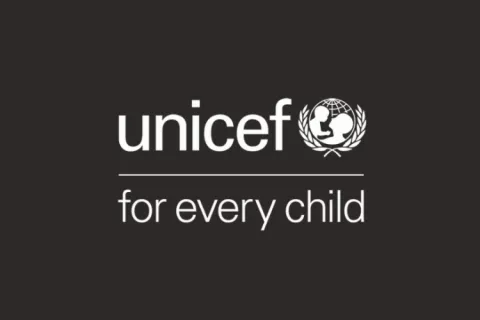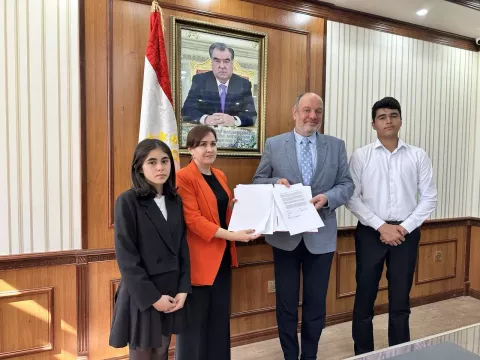Development of foster care in the Europe and Central Asia
Many governments in the Europe and Central Asia region have achieved significant progress on the reform and deinstitutionalization of their national child care systems and integrated foster care into existing alternative care systems

Highlights
The development of foster care in the Europe and Central Asia (ECA) region should be seen in the context of a global movement for child care system reform, framed by the key principles of the United Nations Convention on the Rights of the Child (CRC, 1989), the UN Convention on the Rights of Persons with Disabilities (CRPD, 2006), the UN General Assembly Resolution on the Rights of the Child (2019) and the UN Guidelines for the Alternative Care of Children (2010). In Europe, these principles have been confirmed and further articulated in Article 16 of the European Social Charter (ESC, 1996) and the Common European Guidelines for the Transition from Institutional Care to Community-based Care (2012).
Together, these conventions and guidelines provide a clear normative framework, which emphasizes that states should: invest in child and family-oriented community based social services; develop and strengthen laws, policies and programmes; and ensure that the social service workforce (SSW) and allied workforces in health, education, justice and social protection can address root causes and prevent the unnecessary separation of children from their families. They also emphasize the need to ensure that children with disabilities and other stigmatized and socially excluded children can live with their families and receive the support they need within their communities in terms of health, education, justice, play and leisure. This normative framework and policy vision, which emphasizes family support and prevention, has moved the global agenda on child care towards a more universal, child rights-based approach and away from a narrower focus on the closure of large-scale institutions.
In the ECA region, decades of evidence-based advocacy and policy dialogue informed by this vision19 have resulted in significant progress in many countries in the reform and deinstitutionalization of national child care systems. This has been achieved through the development of effective, preventive and responsive family strengthening and family support mechanisms to reduce reliance on harmful institutional care.
In many ECA countries, however, foster care is still underdeveloped, misunderstood and often unknown at local level, even though it is a key element of the transition from institution-based to family-based care services.20 National care systems in these countries, therefore, still tend to rely on institutional or kinship care. While kinship care is a vital form of support (and often the next best alternative for a child after parental care), it is becoming less of a viable option for many children because of the weakening of kinship ties, migration, social and economic instability and armed conflicts, combined with limited support from governments for kinship arrangements. When kin are not assessed for suitability and potential risks, and not supported and monitored, kinship care can also leave children at risk of neglect, exploitation or abuse.
Formal foster care arrangements have been introduced or piloted in countries where the development of alternative care systems is more advanced, but they need continued support and investment to ensure that these new forms of care, and the systems to support them, are implemented and sustained successfully at scale, so that no child is left behind unnecessarily in institutional care, or suffers from low-quality community-based alternative care services.
It is apparent, therefore, that while countries in the ECA region have made significant progress in developing foster care and that many are fully replacing institutional care, there is still considerable room for improvement in most countries. Up-to-date evidence and well-contextualized guidance can help national decision-makers in their efforts to reduce the harmful effects of institutional care, strengthen the continuum of child care services, prevent unnecessary family separation, improve the quality and effectiveness of family-based alternative care services, and, overall, ensure better outcomes for children and societies.





